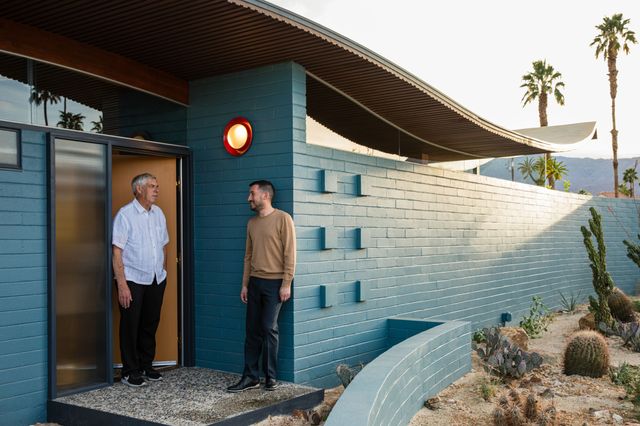Faro, Portugal: A Bastion of Modernist Architecture by the Sea
- Category
- Spotlight
- Written by
- Stacy Suaya
- Published
- July 31, 2021

When Christophe de Oliveira first saw the abandoned building, it was full of pigeons and locals said it was the ugliest building in Faro. But he and his wife Angelique fell in love with it. We're glad, because they rescued and restored it into one of the great gems of our collection: The Modernist, an architectural apotheosis of a boutique hotel, combining the geometry of the 1970s with a serene nature setting.

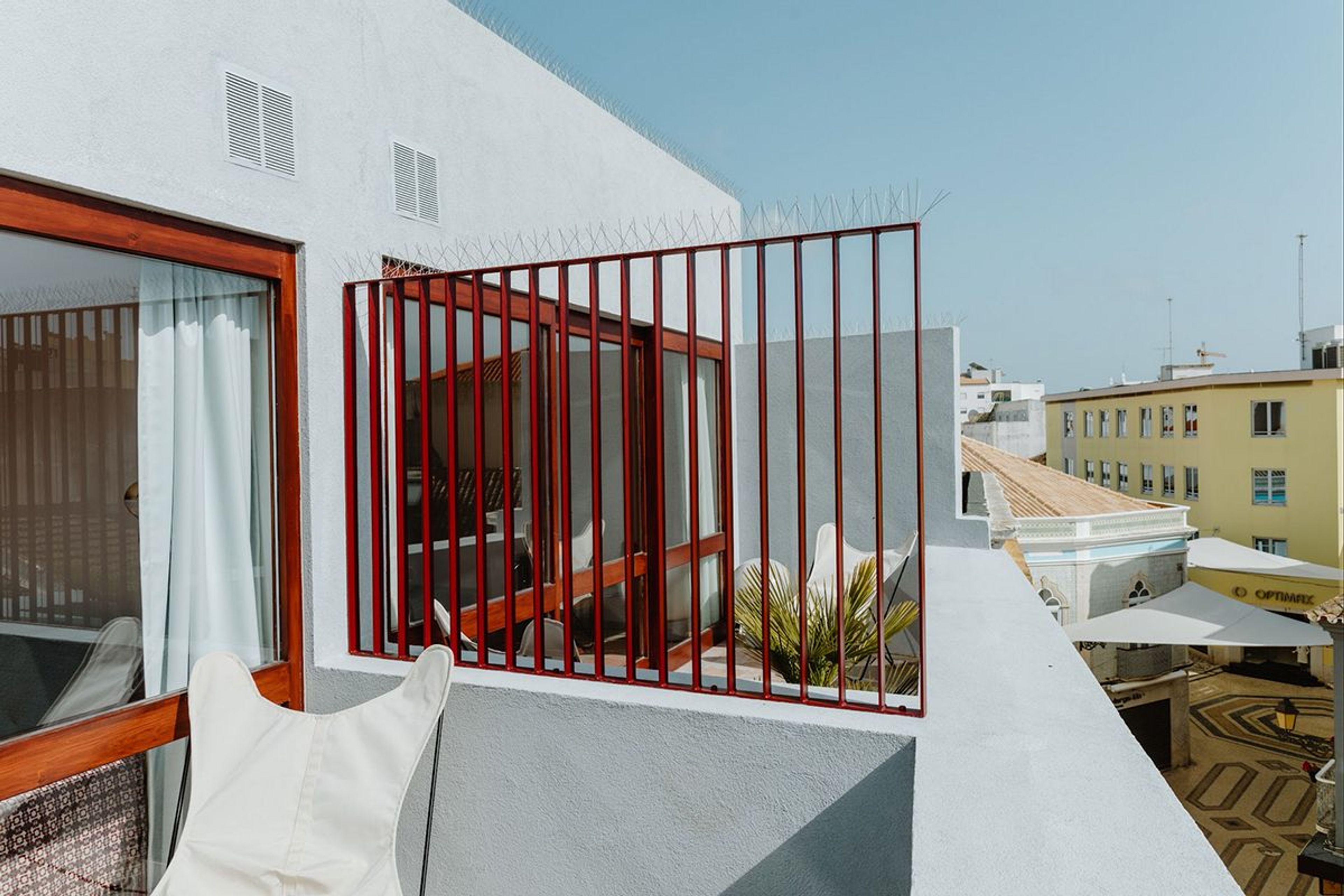
Zoom out and it gets better: there are 500 largely untouched modernist buildings in Faro, the capital of Portugal's Algarve region that's about 170 miles south of Lisbon.
When he and Angelique, who both came from the hospitality world in Paris, first came here in 2016, he remembers being enamored of its architecture that shared traits with other mid-century capitals they fell in love with in their travels to the states between 2010-2015: the mid-century homes of Palm Springs, Miami's dazzling showcase of Art Deco, and Arizona's Taliesin West.
"When we arrived in the States for the first time we said, "Oh my God, this is so new, and so well preserved. Mid-century modern is pretty new; 50, 60, 70 years maximum. When we discovered Faro, it was kind of fun for us Europeans because we have such a huge history. In any capital in Europe, you have basically a track record of probably 1,000 years in terms of construction." The couple saw a huge potential for conservation and transformation of the city's modernist buildings, and decided to move there.
And after saving The Modernist, they embarked on another mission: to preserve and promote all of Faro Modernism. "Faro had won awards for best beach destination, best nature destination, but it's also a gem of architecture and not a lot of people know," Christophe says.
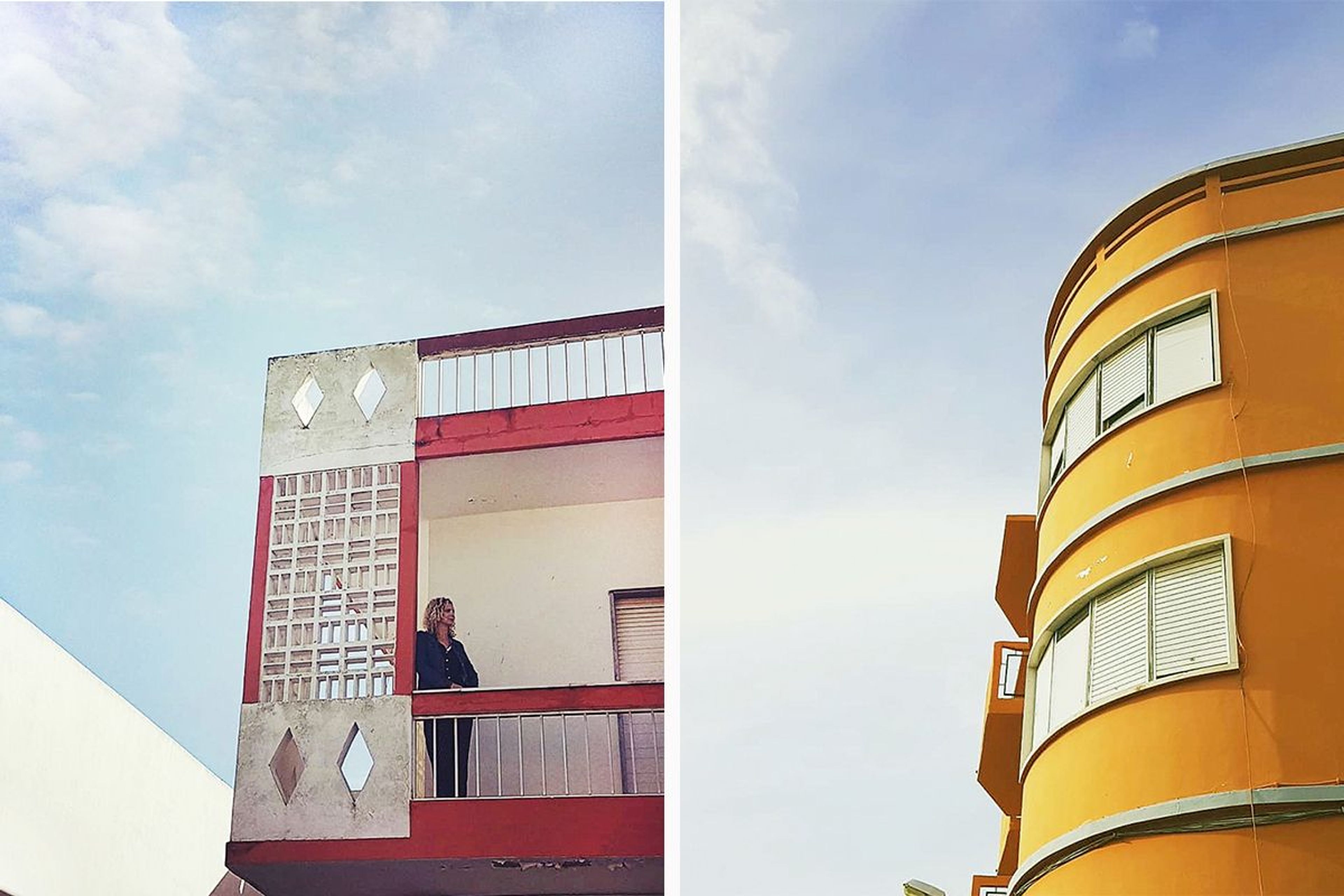
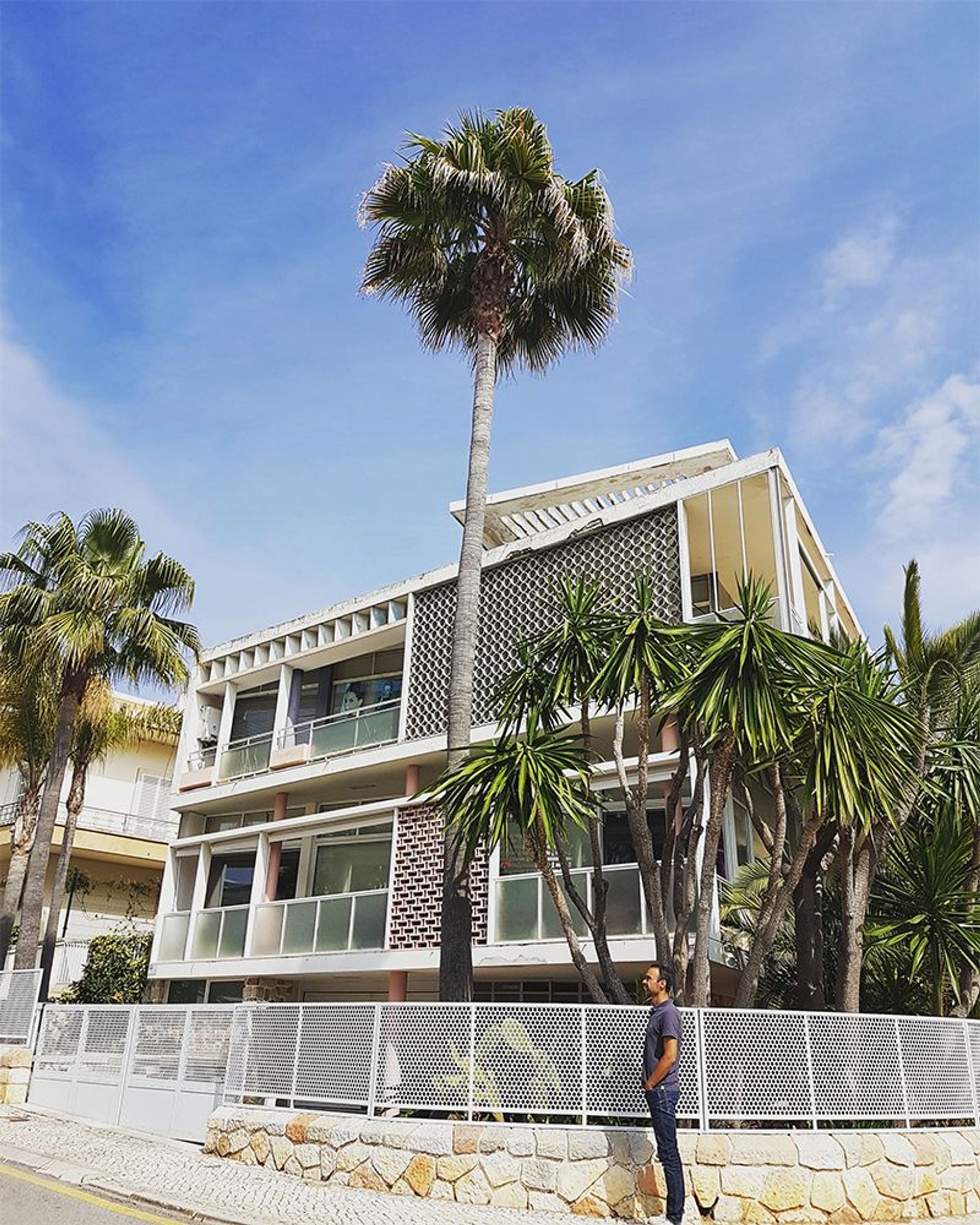
A first step was to immerse themselves in discovering Faro through its history, which they now aim to educate others about. "It was political," Christophe says about the birth of modernist architecture in his chosen city. "We used to say that even in the darker times of history, you cannot break creativity. Portugal was under a dictatorship in the 1960s and 70s. You couldn't express what you thought, there were undercover police afoot. The only way to express yourself was through art. And it was at that time that the modern movement that Le Corbusier had started began to appear here."
According to Christophe, an architecture program was created at the University of Porto with Fernando Távora as its master. Now considered the father of modern architecture in Portugal, Távora trained two Pritzker Prize-winning architects, Alvaro Joaquim de Meio Siza Vieira and Eduardo Souto Moura.
Portuguese architects were rethinking how to make buildings in service of people, and another sphere of influence was Faro's Café Aliança. Here, the great architect Manuel Gomes da Costa used to meet with Dr. Frei Francisco Rendeiro, the diocese bishop of the Faro and the city urban planner, to discuss how to get these buildings made (between 1950 and 2002, Gomes da Costa designed over 400 of them).
Concurrently, the Algarve was experiencing a mass influx of builders who had fled for Venezuela, Brazil and Argentina after the Second World War and been a part of all of the avant-garde of architecture in those places (à la Oscar Niemeyer); "and once they made their fortune, they came back to Algarve and they wanted to educate all of our local architects," Christophe says.
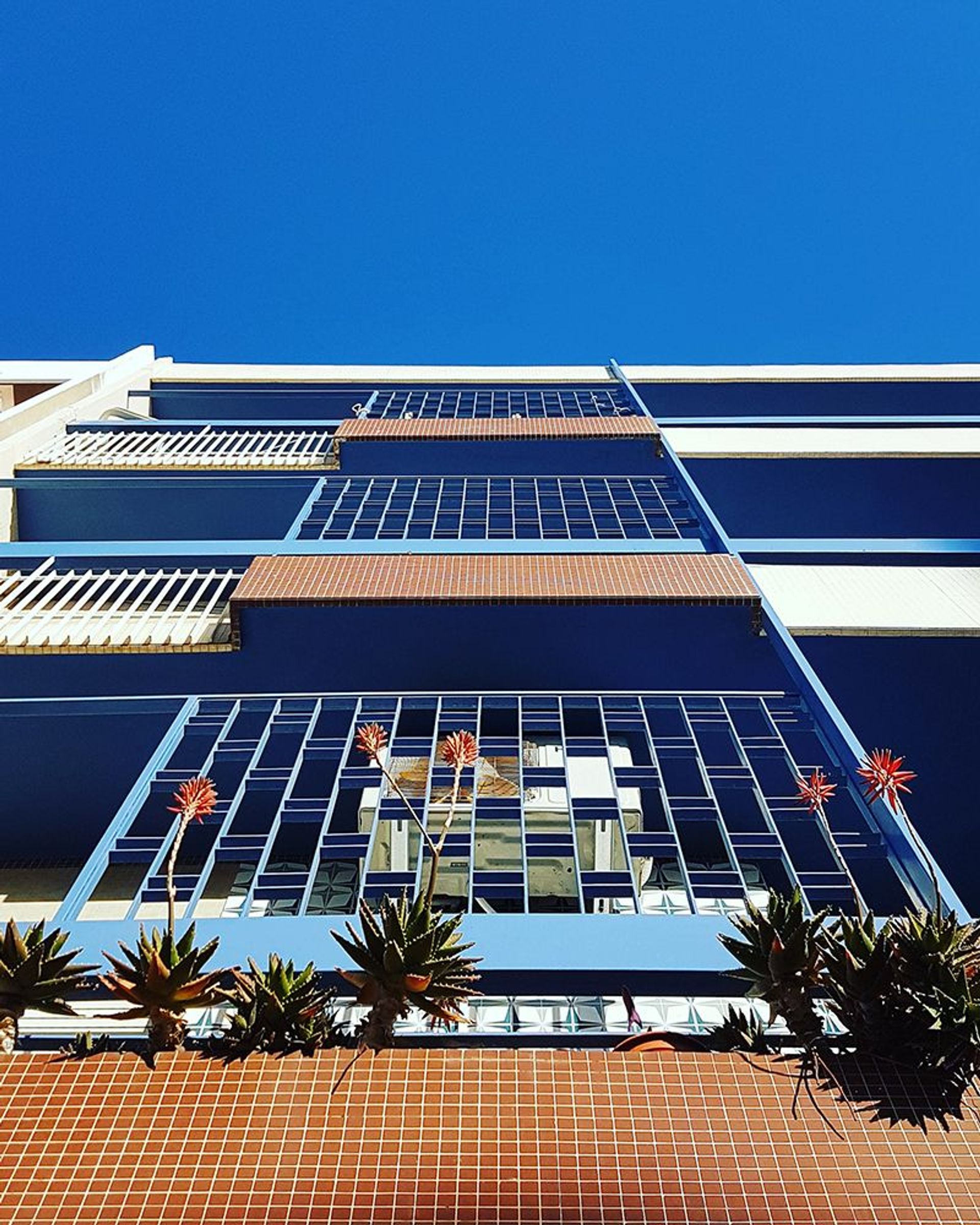
He explains that the architecture of the time was largely driven by the weather. With more than 300 days of sunshine every year, Faro Modernism is often characterized by flat roofs (due to the lack of rain), breeze blocks (called cobogós, which came from Brazil) that protect residents from sun and create shapes and dimension through shadow play, and colorful Azulejo tiles. Materials are usually concrete, wood, local stone and marble.
His appreciation for the functionality grows as he learns more. "In these buildings, you do not suffer from the sun or the light. They were designed with a holistic point of view, meaning that the architect looks at the location of the building, considering the position of the sun in the beginning and at the end of the day." He adds, "I've been lucky enough to talk to people who are living in those buildings and they say that it's incredible experience - they don't use A/C at all. New constructions have all this technology now, but they have to use A/C."
When Christophe is not busy with the hotel or exploring the city by foot, capturing the tiles and cool facades of Faro Modernism on his Instagram account, he is working with the city to preserve these buildings. He offers a downloadable self-guided walking tour and just created a presentation for Faro 2027 (Faro is an official candidate to be a European capital of culture in 2027.) He is also working in partnership with Microsoft, helping local kids create some of these Modernist Masterpieces in the popular building game, Minecraft.
"I would like them [The City of Faro] to have a protection process - because buildings from the 1950s, 60s and 70s are too new to be considered as history here," Christophe says. "It all starts with an education. I want Faro to understand that they have an asset that they need to conserve, that they need to give to the other generations. They need to be aware that what has been done during that time by architects is something very special, very unique. It's absolutely worth preserving."

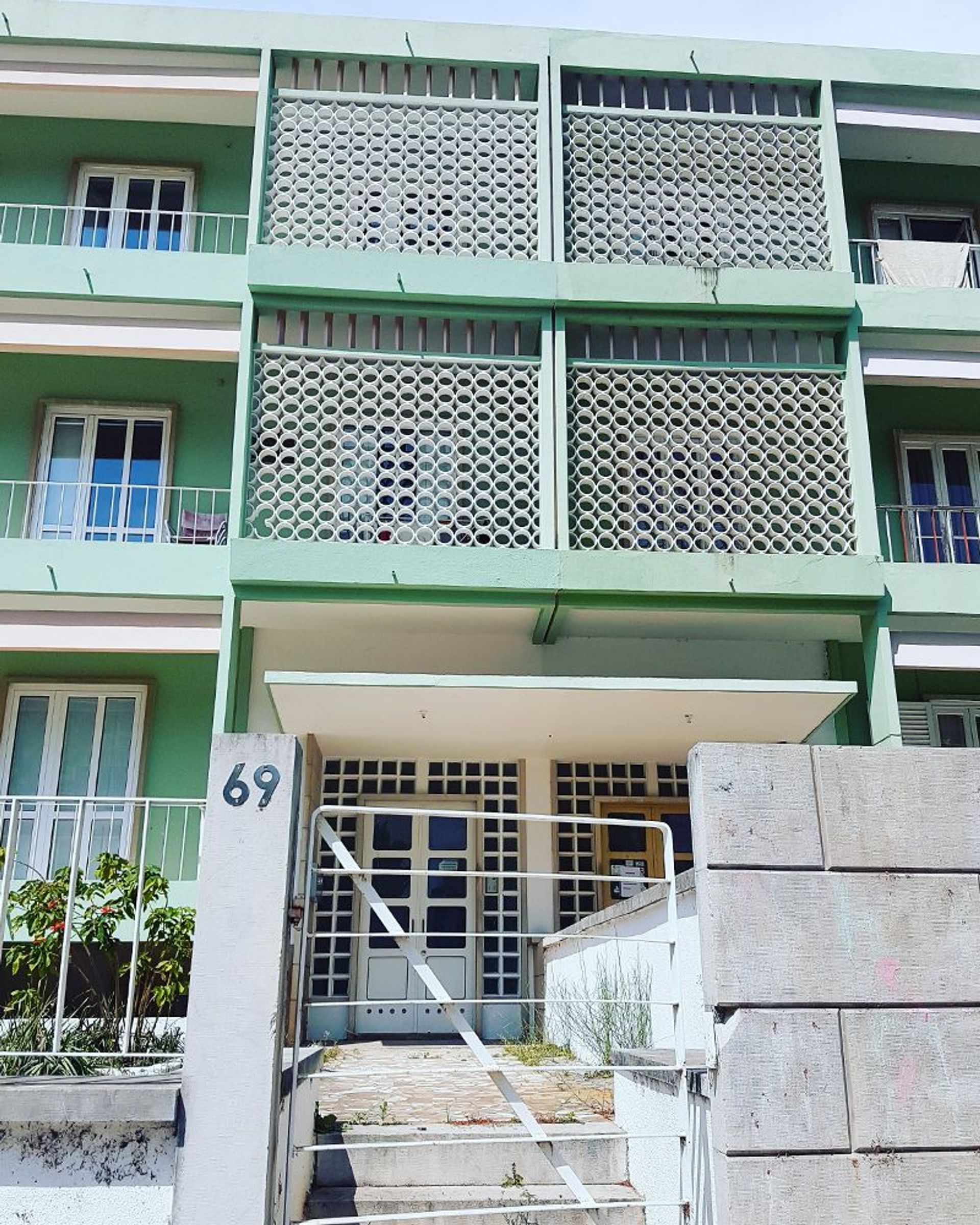
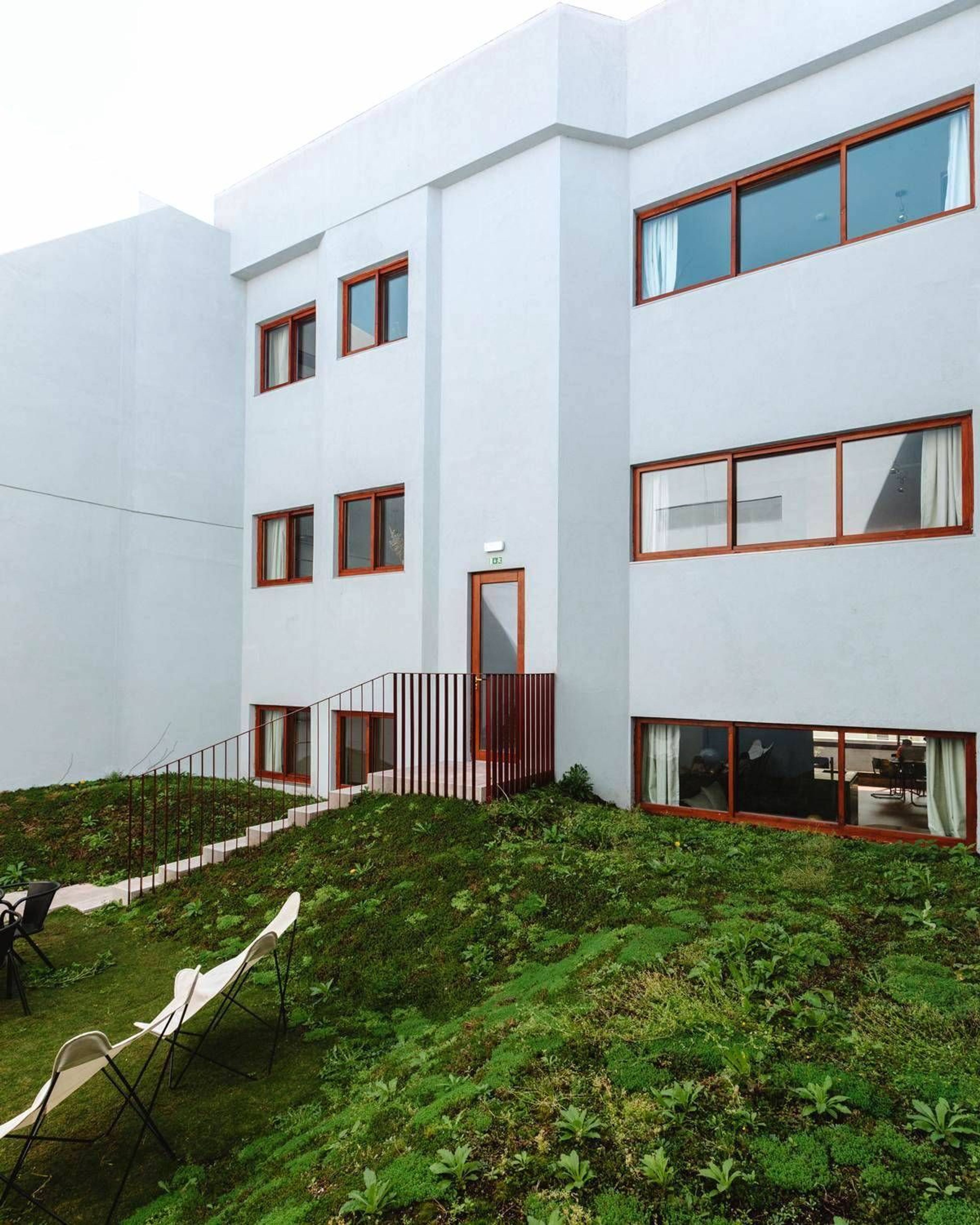
Check in to the The Modernist here. Explore all of our homes in Faro here.
